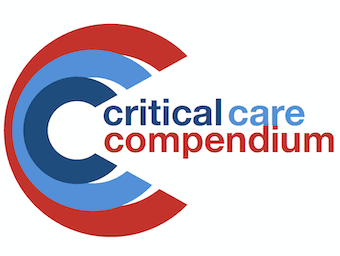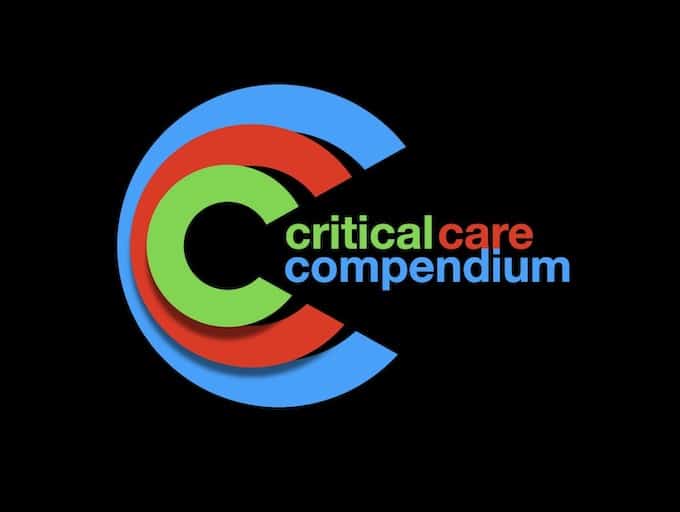
Myocardial Stunning
Myocardial Stunning = temporary cardiac muscle dysfunction secondary to an insult (ischaemia, hypoxia, very high afterload); can be focal or global

Myocardial Stunning = temporary cardiac muscle dysfunction secondary to an insult (ischaemia, hypoxia, very high afterload); can be focal or global

Description of auscultatory findings of heart murmurs and valve disease and valvular lesions

Lown–Ganong–Levine syndrome (LGL): Proposed pre-excitation syndrome. Accessory pathway composed of James fibres. Characteristic ECG findings of short PR interval (<120ms); normal P wave axis; normal/narrow QRS morphology in the presence of paroxysmal tachyarrhythmias

Long QT Syndrome (LQTS) produces prolonged ventricular repolarisation -> predisposes to malignant ventricular arrhythmias

Left Ventricular Outflow Tract Obstruction (LVOTO) and systolic anterior motion (SAM) of the mitral valve

Junctional Ectopic Tachycardia: rare; congenital or post surgery for congenital heart disease; abnormal automaticity within the His bundle; high mortality rate (35%)

Implantable Cardioverter Defibrillators (ICDs): implantable device defibrillator +/- pacemaker (counter shock vector is from RV -> both SVC)

Hypertrophic cardiomyopathy (HCM) is one of the most common inherited cardiac disorders (affecting ~ 1 in 500 people) and is the number one cause of sudden cardiac death in young athletes. Annual mortality is estimated at 1-2 %.

Criteria for heart transplant recipient

Follath F, et al; Steering Committee and Investigators of the Levosimendan Infusion versus Dobutamine (LIDO) Study. Efficacy and safety of intravenous levosimendan compared with dobutamine in severe low-output heart failure (the LIDO study): a randomised double-blind trial. Lancet. 2002 Jul…

Heart Block and Conduction Abnormalities with first, second, third degree blocks; and fascicular blocks

nasal intubation may be performed blind or with fiberoptic assistance. Indicated when oral intubation is not feasible